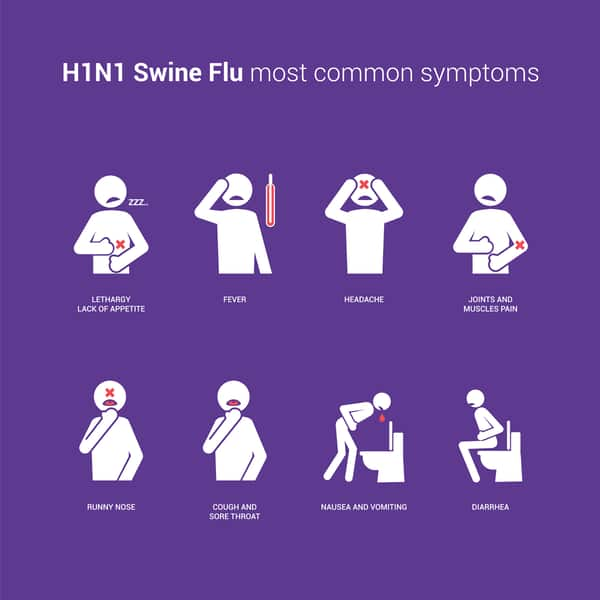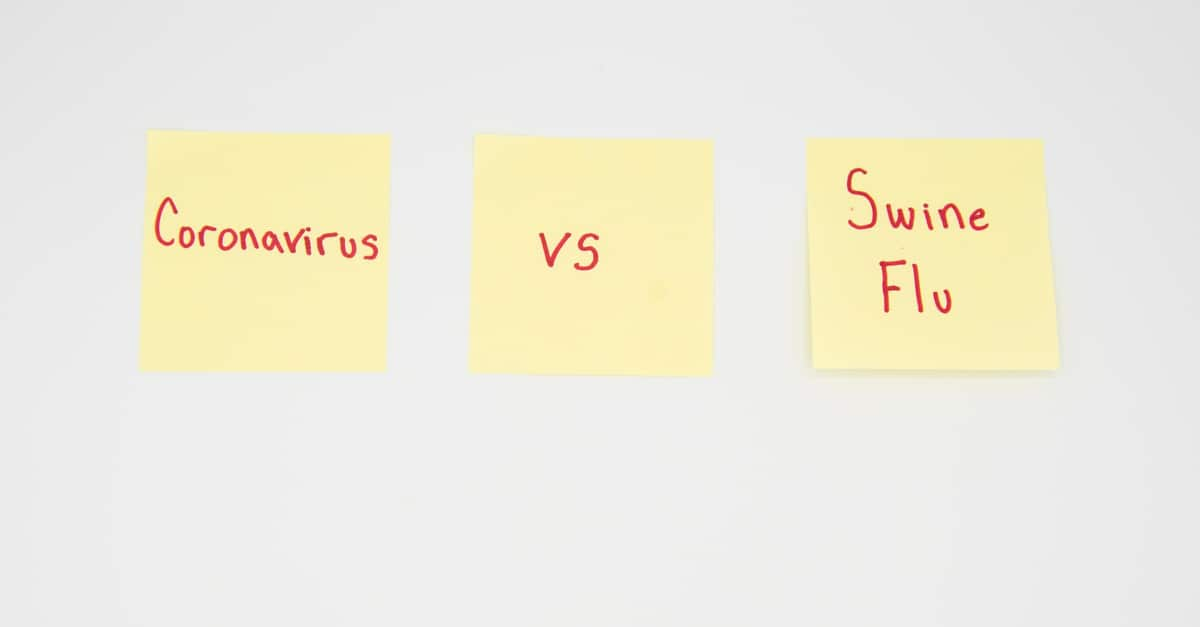In 2009, a new form of influenza was identified. The disease spread across the world. The swine flu pandemic lasted for less than two years, but it was a very worrying time both for epidemiologists and for the general public. The World Health Organization declared a pandemic in June 2009 and declared an end to the pandemic the following year in August 2010. A pandemic simply means the worldwide spread of a disease, and before this can be declared, a number of criteria must be met. The World Health Organization states:
A true influenza pandemic occurs when almost simultaneous transmission takes place worldwide. In the case of pandemic influenza A(H1N1), widespread transmission was documented in both hemispheres between April and September 2009.
Why was it called Swine Flu?

What is H1N1?

Swine flu is a respiratory disease. The virus which causes it is spread in particles released into the air when an infected person coughs or sneezes. It could also be transmitted via infected surfaces. The symptoms of swine flu that sufferers experienced included many of the usual symptoms that we all associate with seasonal influenza. Symptoms of H1N1 usually appear between one and three days after a person is infected with the virus.
Symptoms of include:
- High temperature/fever (not always present)
- Chills/shivering
- Sore throat
- Headache
- Cough
- Nasal symptoms runny or blocked nose
- Eye symptoms irritated, watery or red eyes
- Achy body
- Nausea
- Tiredness/lack of energy
- Diarrhea/Vomiting
For some people, swine flu is a mild, self-limiting condition that goes away in time with rest and treatment of symptoms. For others, antiviral treatment is required, and for some, the condition develops into pneumonia or acute respiratory distress syndrome. This requires hospitalization and more invasive treatments.
Initial Panic
Number of Confirmed Cases
Treatment During the Pandemic
Comparisons Between the Swine Flu Pandemic and the Covid19 Pandemic

It is only natural that comparisons will be made between the swine flu pandemic of 2019/2010 and the Covid19 pandemic of 2020. They are both respiratory viruses, and most of us who are experiencing the Covid19 pandemic can remember when the swine flu pandemic hit. However, there are some key differences. Swine flu is less contagious than Covid19, for a start. As the data currently stands, Covid19 has a much higher mortality rate, making it a more dangerous virus. Swine flu was much more prevalent in younger people, whereas Covid19 affects older people more seriously, with younger people at a much lower risk.
During the global pandemic of 2020, many comparisons will be drawn between Covid19 and other illnesses. However, it is essential we remember that each virus while they may be similar have very different impacts on a population. Government responses to viruses depend on many things, including the virulence (how easy the virus spreads), the severity (how severe the illness is), and which demographics it affects most. The time of year is also an important consideration, as seasonal flu and other respiratory conditions are more prevalent during the winter months. While previous epidemics can help us to prepare and be aware, they cannot predict the pattern that another viral pandemic might follow.

